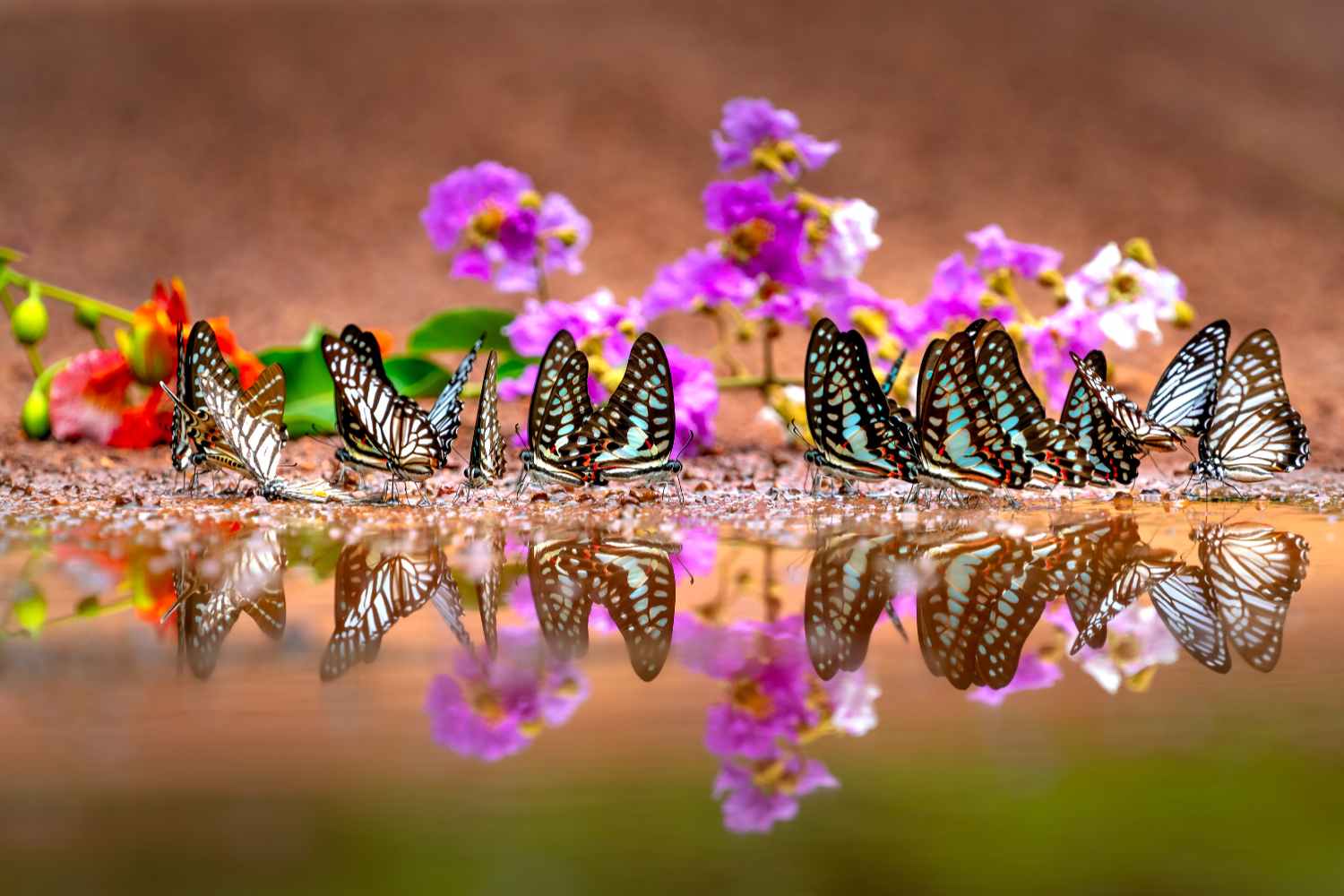In Brazil's forests, butterflies no longer shine as they once did. Eucalyptus plantations and habitat loss are changing their colors, and with them nature's vitality. A signal that concerns us too

Table of contents
There are places where silence is made of disappearing colors. In the tropical forests of Brazil, butterflies are losing their light. Their wings, once a mosaic of blue, orange, and red, now appear duller.
Biologist and photographer Roberto García-Roa, who has been documenting tropical insect life for years, shared his observations in an interview with British newspaper The Guardian: “The color of a butterfly’s wings is not just beauty,” he explains. “It’s communication, survival, balance. When the habitat loses complexity, nature’s palette also shrinks.”
Behind this change lies a bigger story. Brazil’s forests are being progressively replaced by eucalyptus plantations, monotonous and simplified environments that are warmer and drier than natural forests. In these uniform landscapes, brightly colored butterflies – which need shade, humidity, and plant variety to reproduce – can no longer survive. Only those with brown or gray tones remain, better suited to a world that has become uniform.
Color as the language of life
For butterflies, color is a language: it serves to communicate, court, and defend. Every shade has an evolutionary function, built over millions of years. When colors fade, it means something has been disrupted in the dialogue between species and their environment.
Researcher Maider Iglesias-Carrasco, from the University of Copenhagen, told the British newspaper that in eucalyptus plantations “butterfly communities are dominated by brown-colored species.” It’s as if the landscape has sucked the light even from the insects.
The study conducted in the Brazilian state of Espírito Santo counted 31 species in native forests and only 21 in plantations, with a drastic reduction in chromatic variety. But it’s not just about aesthetics: color is an indicator of ecological complexity. When the range of colors shrinks, it means the entire ecosystem is simplifying.
A world losing its nuances
The phenomenon doesn’t only affect butterflies. Scientists speak of “global discoloration“: coral reefs turning white, oceans taking on greener tones, even rainbows at risk of being less visible in polluted areas. The entire planet is becoming less luminous.
“Even observed from space, the planet appears duller,” emphasized Ricardo Spaniol, from the Federal University of Rio Grande do Sul. “It’s a worrying signal of how connected natural processes are and how human pressure is extinguishing Earth’s vitality.”
Restoring color to nature
Despite the concerning picture, the research leaves room for hope. Scientists have observed that in Amazonian forests regenerated after decades of abandonment, the variety of butterfly colors slowly returns. Where vegetation recovers, nature reignites its hues.
Eucalyptus plantations – over 54 million acres (22 million hectares) worldwide – are often perceived as “green,” but behind that uniform color lies an impoverished ecosystem. “Green is not enough to speak of nature,” García-Roa explained. “We need diversity, we need complexity. Only then can the forest shine again.”
Source: Guardian

